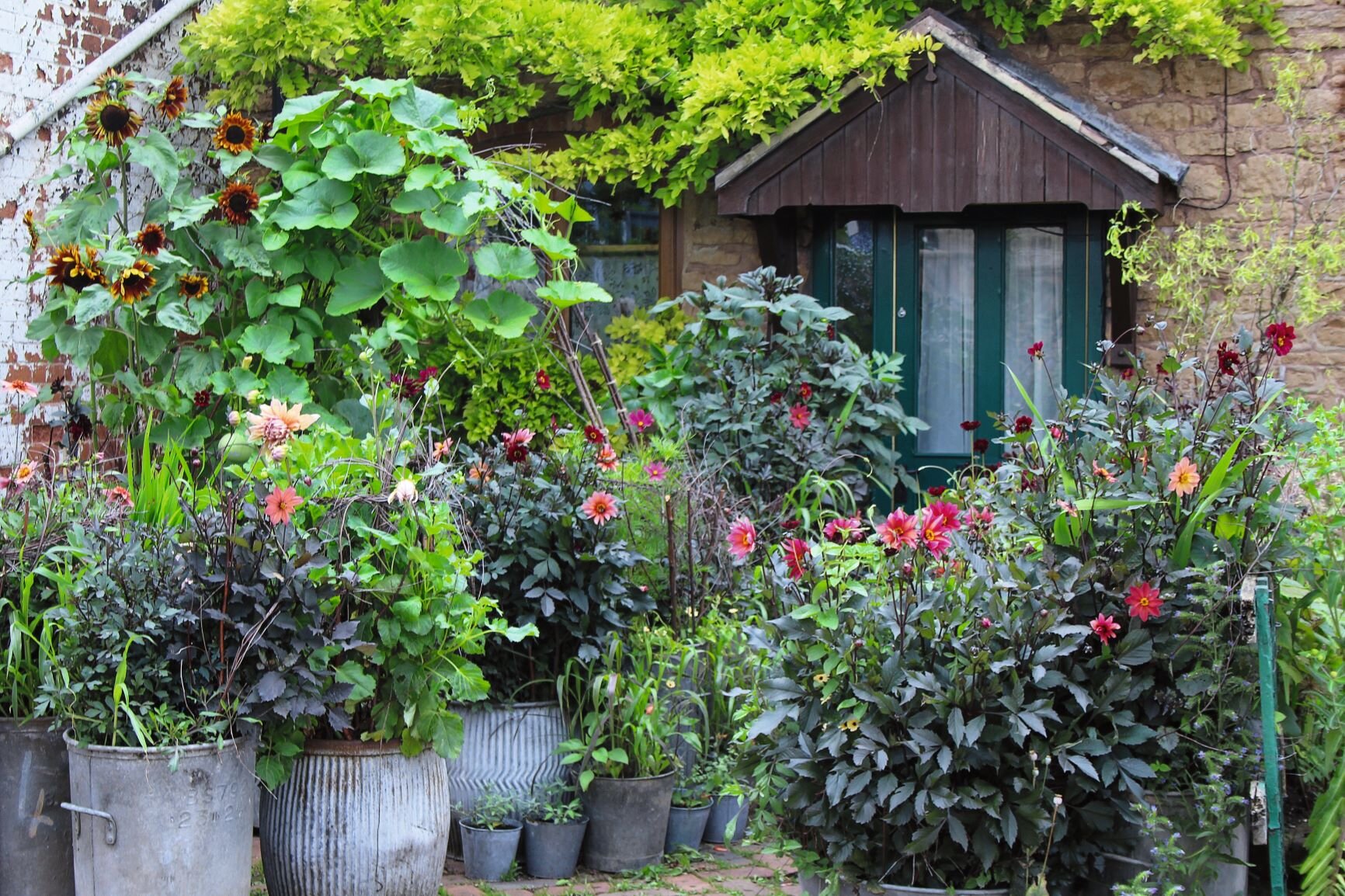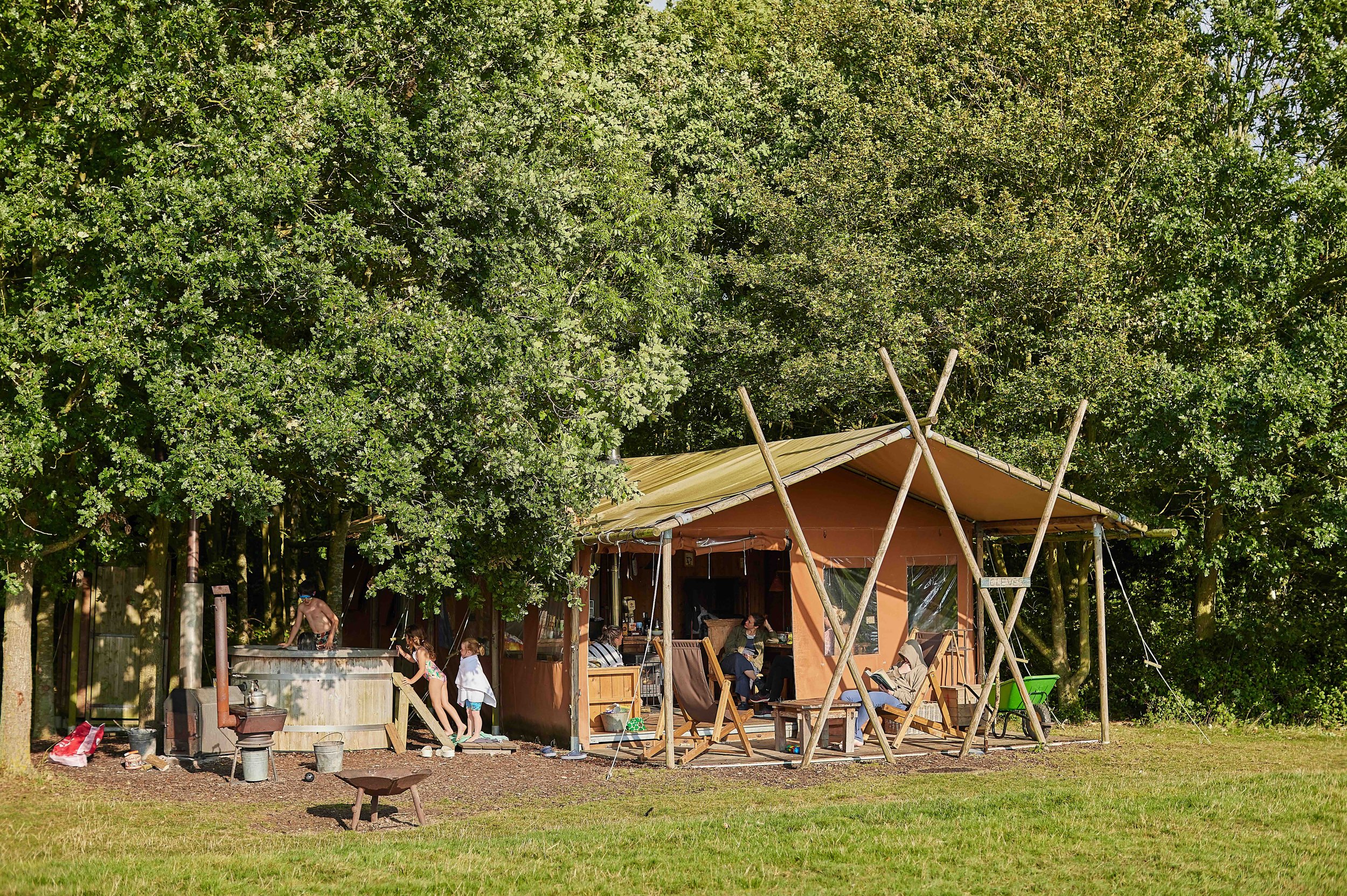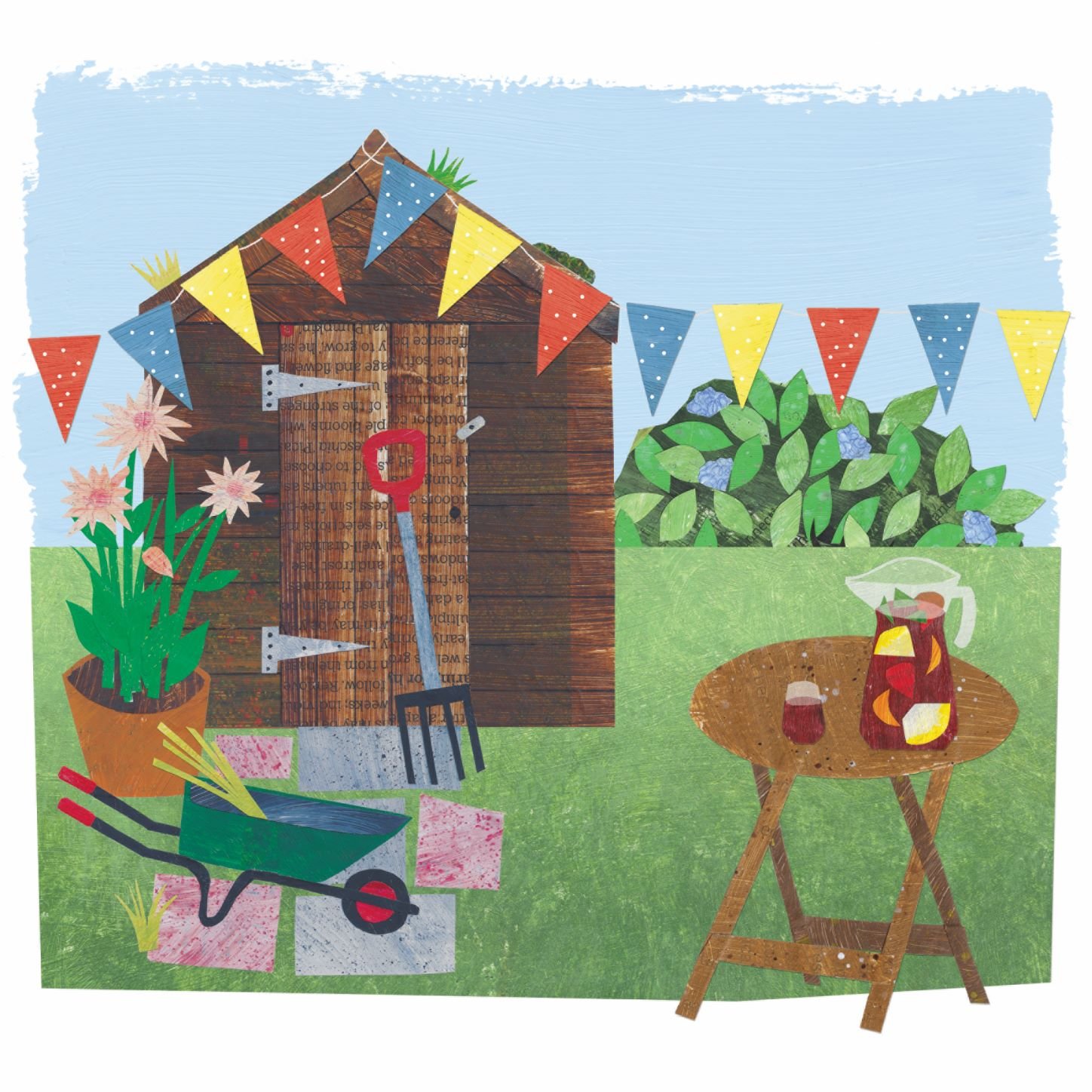Give your patio pots and containers a distinguished, aged look
Planning a little pottering in the garden this weekend? In our June issue, we have a feature with Arthur Parkinson, container gardening guru, about how he has created flamboyant islands of colour using only containers in his tiny but teeming plot.
The pictures are amazing, showing what looks like a vibrant jungle, but is really just a five-metre pathway unfurling to the front door of Arthur’s mum’s house in Stoke-on-Trent.
Arthur trained at Kew Gardens before going to work for Sarah Raven and is now one of the UK’s youngest gardening stars. He talked to us about how to create showstopping gardens using flower pots - it’s definitely worth a read if you’re thinking of getting out in the garden this bank holiday weekend and getting elbow deep in compost.
Here, he explains how to get that lovely aged patina on terracotta pots, so they look like you’ve been hard at work for years on your container garden.
Arthur’s instructions on ageing terracottas
“With small, newly-bought terracotta pots, the best way to age them is to dunk them in a pond or in a water butt, then a coat of algae will grow quickly on them. Even a bucket can be filled up with rainwater for the task – it must be rainwater for the algae spores to be present. I have an upside-down dustbin lid propped up on bricks on the floor of the yard that we use as a bird bath and trios of terracottas take turns soaking in this, while providing little bathhouses to the precious town frogs! The water is emptied and refreshed weekly so that it does not harbour mosquitoes, and birds and bees also visit it to drink; all gardens should have watering holes for wildlife. After a month of being submerged, the teracotta pots will start to slime up and, once dried, will look marvellous.
“Large terracottas too big to be submerged can be painted generously with organic, natural yogurt in the summer, which will then go green. For the algae to take, the pots need to be kept damp and away from full sun for a few weeks so that the spores can really get growing. When planting them up for summer, line their insides with old compost bags as this will help them to stay cool and reduce moisture loss.”
Follow Arthur on Instagram: @arthurparkinson_
Buy this month's The Simple Things - buy, download or subscribe







